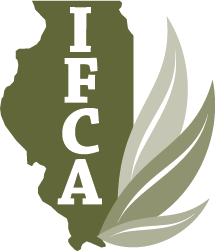Future Agricultural Transport on North American Waterways
The long-term trend of annual rainfall taken across Northern USA and Southern Canada for over a century reveals a steady increase. Redirecting some seasonal spring flood water through pipes into water tables would bypass frozen ground and enhance summer agricultural production. That production would influence future seasonal agricultural bulk transportation along North American inland waterways.
North America’s inland waterways carry massive amounts of bulk freight at lower per ton operating costs that railway and truck transport. As winter approaches and cash crops harvested, waterway transport moves massive volumes of produce such as corn, soy, barley, oats and wheat to both domestic and overseas markets. Long-term measurements on precipitation over the watershed regions of the Great Lakes and many major rivers, indicates a steady increase over the duration of a century, with severe spring flooding having recently occurred in several areas. Frozen ground prevents flood water from entering the water tables.
A technique called aquifer storage and recovery (ASR) involves using pipes to transfer water into deep level underground storage. Vertical pipes installed into deeply drilled boreholes could bypass frozen ground and transfer massive volumes of spring floodwater deep into the water table. During the growing season, farmers could access that water to sustain crop cultivation and especially in areas where summer drought follows spring flooding. The combination of increased precipitation and revised management of water resources could provide the basis for increased summer crop production in the northern regions of the USA and much of Canada.
Click Here to read more.
North America’s inland waterways carry massive amounts of bulk freight at lower per ton operating costs that railway and truck transport. As winter approaches and cash crops harvested, waterway transport moves massive volumes of produce such as corn, soy, barley, oats and wheat to both domestic and overseas markets. Long-term measurements on precipitation over the watershed regions of the Great Lakes and many major rivers, indicates a steady increase over the duration of a century, with severe spring flooding having recently occurred in several areas. Frozen ground prevents flood water from entering the water tables.
A technique called aquifer storage and recovery (ASR) involves using pipes to transfer water into deep level underground storage. Vertical pipes installed into deeply drilled boreholes could bypass frozen ground and transfer massive volumes of spring floodwater deep into the water table. During the growing season, farmers could access that water to sustain crop cultivation and especially in areas where summer drought follows spring flooding. The combination of increased precipitation and revised management of water resources could provide the basis for increased summer crop production in the northern regions of the USA and much of Canada.
Click Here to read more.
